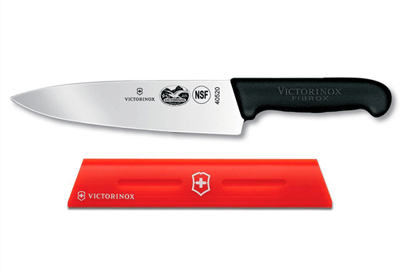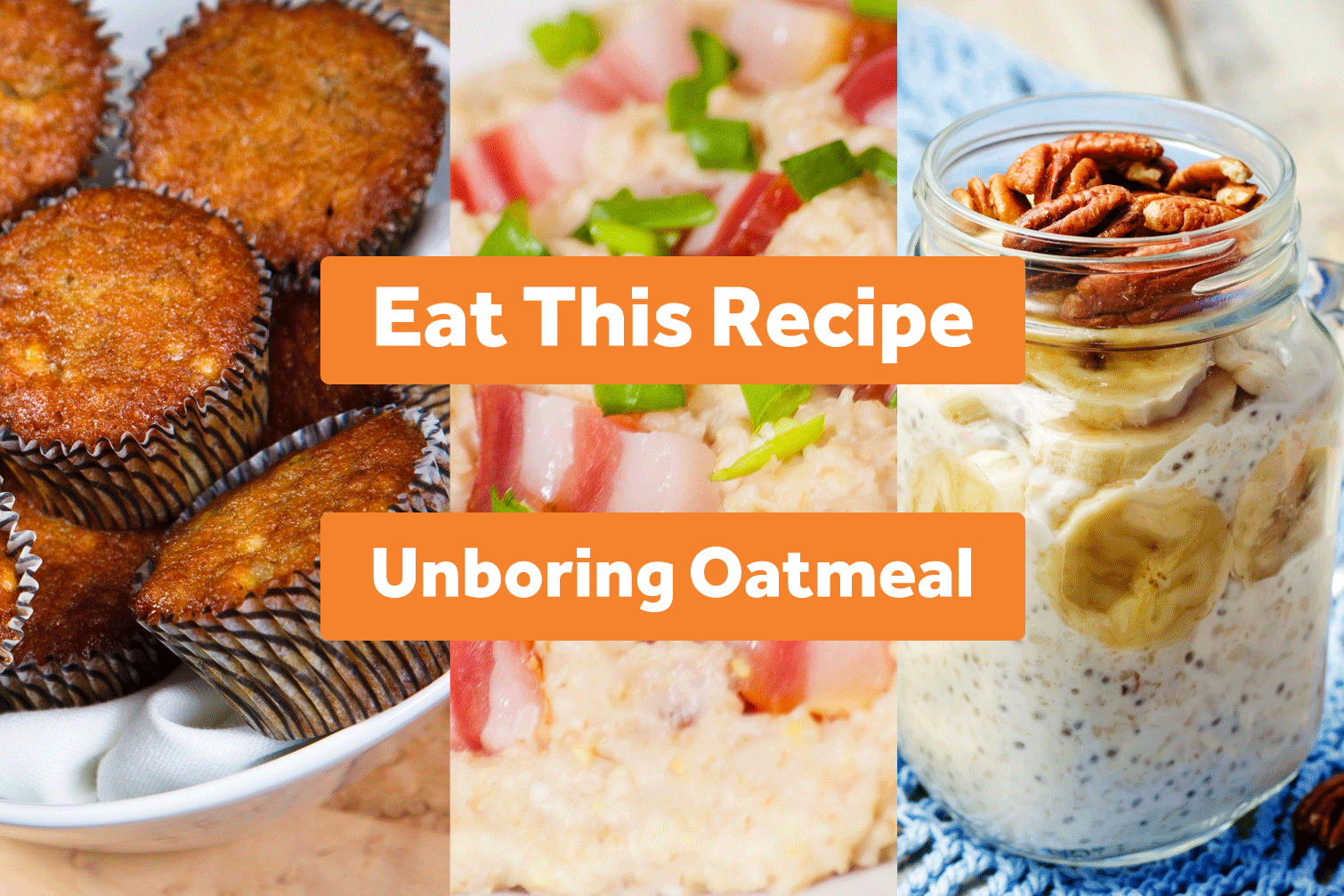 Ask any professional chef about the value of knives in the kitchen and they’ll tell you it can’t be overstated. Heck, anyone who simply does a lot of cooking will tell you the same thing. Sharpening your knife skills (more puns ahead) will open culinary doors for you, especially for preparing healthy meals based on fresh ingredients. Mastering how to dice onions, cube squash, mince garlic, de-bone chicken, julienne basil and uniformly slice anything will ensure your meals are evenly cooked, flavorful and looking great.
Ask any professional chef about the value of knives in the kitchen and they’ll tell you it can’t be overstated. Heck, anyone who simply does a lot of cooking will tell you the same thing. Sharpening your knife skills (more puns ahead) will open culinary doors for you, especially for preparing healthy meals based on fresh ingredients. Mastering how to dice onions, cube squash, mince garlic, de-bone chicken, julienne basil and uniformly slice anything will ensure your meals are evenly cooked, flavorful and looking great.
As an added bonus, your wallet will thank you, too! Purchasing fruits, vegetables, meat and even cheeses whole and uncut is almost always cheaper per ounce than the pre-sliced, pre-shredded alternatives. The next time you’re at the store, look at whole carrots vs. carrot sticks, or the price of a whole roaster chicken compared to chicken breast tenders.
First up: SAFETY
If you’re not comfortable using a knife, any knife, or don’t have a lot of experience with them, PLEASE don’t rush into some Gordon Ramsay-esque chop-a-thon. Start small and start SLOW! Getting a handle (sorry, I couldn’t resist) on holding and maneuvering a knife with confidence will allow you to build the right habits and most importantly, AVOID injury. Moving too fast with a dull knife is a recipe for disaster. Trust me on this one, I cut myself more times than I care to admit before I resolved to make sure:
- I’m working on a sturdy cutting board. (This is for the stability of everything and the longevity of your blade.)
- The knife I’m using is sharp. (Dull = slips = dangerous.)
- I can maintain a solid grip on what I’m cutting, keeping my fingers out of the way. (This is for your comfort and safety, plus you’re less likely to slip and smash what you’re cutting.)
- The hand I’m using to hold the knife is dry. (Again, less slipping, fatigue and fewer accidents.)
Now that you have the safety basics, let’s talk about what kind of knife you’ll want to get the best results.
Different Types for Different Jobs
Do a search on Google or Amazon for “kitchen knife” and you’ll see your options are endless. Style, price, country of origin, material, etc… Thankfully, you only need two when starting out. Yes, just two. One larger chef knife with a little more heft for cutting through tougher/bigger foods, and one smaller paring knife for more detailed work.
This should come as a relief as it’s way too easy to drop a ton of dough on an elaborate set. Our friends at Lifehacker recommend steering clear of sets because they often lack in quality what they boast in quantity.
 The Victorinox Fibrox 8-inch chef’s knife came up in almost every online conversation about starter kitchen knives, which is nice since it’s less than $50 on Amazon at the time of this post. Victorinox also makes a great paring knife for around $10. Other brands to consider, due to their reviews and reputations, are Henckels, Shun, Global and Wusthof. If all this feels like too much, find a kitchen supply store or a similar retailer that will let you, at very least, hold a variety of knives, if not use them to cut up up some produce. The way the handle feels, the length of the blade and requirements for storing and maintaining your new knife are just as important as price.
The Victorinox Fibrox 8-inch chef’s knife came up in almost every online conversation about starter kitchen knives, which is nice since it’s less than $50 on Amazon at the time of this post. Victorinox also makes a great paring knife for around $10. Other brands to consider, due to their reviews and reputations, are Henckels, Shun, Global and Wusthof. If all this feels like too much, find a kitchen supply store or a similar retailer that will let you, at very least, hold a variety of knives, if not use them to cut up up some produce. The way the handle feels, the length of the blade and requirements for storing and maintaining your new knife are just as important as price.
Making Them Last
The best way to keep a knife sharp and in good shape for a long time is … (drum roll)… to avoid doing things that dull the blade and break down the handle.
Yes, this sounds way too simple, until you think about how often you’ve cut something on a tile countertop or plate, or tossed a kitchen knife into the dishwasher. Cutting on a non-cutting board surface leads to dulling the blade and also puts yourself and whatever your cutting on at risk. Most dishwashers introduce enough chemical, temperature and agitation problems to ruin the temper of your knife, break down the handle or just bang it into hard surfaces.
Instead of forgetting about your knife when you’re done using it, I recommend hand washing it, drying it carefully and putting it away somewhere the blade won’t come into contact with anything else. This will ensure it keeps its sharp edge for as long as possible. When you notice your knife is losing its sharpness, it’s probably time to hone and/or sharpen the blade. There’s a big difference between the two: honing realigns the edge of the blade, while sharpening produces a new, clean edge. This video offers a simple explanation of both as well as recommendations. Honing can be done before each time you use your knife but you probably won’t need to sharpen it more than once or twice a year.
I hope this post empowers you to expand your culinary horizons by getting better acquainted with a quality knife or two. Afterall, delicious and healthy recipes like Jicama Slaw and Paleo Chicken Pepper Stir Fry are waiting! If you have a favorite knife or brand of kitchen knife that has served you well, please tell us about it in the comments!









